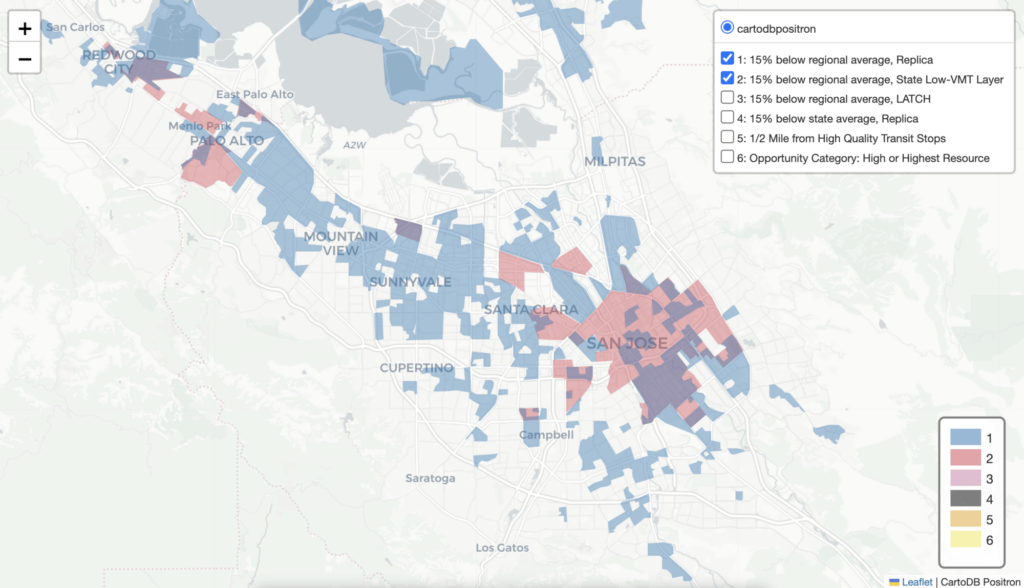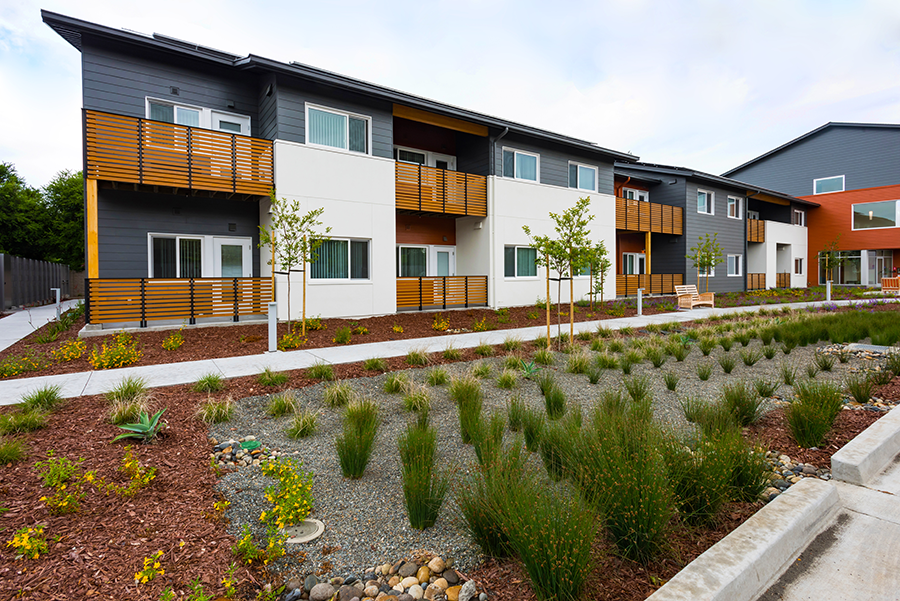Author: William Fulton, Terner Center Fellow Co-authors: Sarah Karlinsky, Director of Research and Policy; Quinn Underriner, Senior Data Scientist Over the past few years, as the State of California has moved to…

Authors: Doug Shoemaker, Terner Center Affiliate Geeta Rao, Senior Director, Northern California Market, Enterprise Community Partners Co-authors: Sarah Karlinsky, Director of Research and Policy, Terner Center for Housing Innovation Ben Metcalf, Managing…

On April 23, 2025, Terner Center Managing Director Ben Metcalf and Research Director Sarah Karlinsky testified at the Little Hoover Commission hearings on Governor Newsom’s proposed state government reorganization, which would create…

Authors: Carolina Reid, Faculty Research Advisor Tiffany Tran, MPP '25, Graduate Student Researcher Given the critical need to expand the supply of affordable housing in California, policymakers are increasingly looking for ways…

Authors: Rachel Strangeway, Assistant Specialist Zack Subin, Associate Research Director Download the PDF with additional maps and resources Introduction California has undertaken two challenging housing and climate goals: to build 2.5 million…

The California Health Care Foundation (CHCF) has partnered with the Terner Center on work to improve health outcomes for people experiencing homelessness by enhancing the integration of health care and housing. Building…


